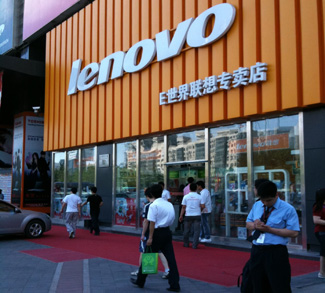Background
The Chinese economy has a serious industrial overcapacity problem. It stems from the country’s massive state-owned sector, which accounts for anywhere from 30-40% of China’s GDP. Chinese state-owned enterprises (SOE) lag behind their private counterparts in terms of profitability, yet they absorb a disproportionately large amount of the investment capital on offer from Chinese banks, accounting for over half of all loans.
China’s SOEs also produce way too many goods, sheltered as they are by government oversight and detached from the normal dynamics of the free market. As a report from the European Union Chamber of Commerce in China pointed out last week, China’s steel industry – which is dominated by SOEs – produced more steel than the next four largest global producers combined. China’s cement output over the past two years exceeds that over the United States for the entire 20th century.
The result is a bloated SOE sector that acts as a drag on not just Chinese growth but the health of the global economy as well. Millions of workers toil to produce goods that no one needs, capital is diverted from real performers, and the resulting debt is ultimately underwritten by the Chinese government resulting in systemic risk.
There is a simple reason why Beijing has ignored the problem for so long: politics. The Chinese government is averse to any potential source of instability, and the mass layoffs and closure of non-performing entities that would be required to fix the problem is a destabilizing force if ever there was one. Power tug-of-wars between national and provincial authorities have also served to prolong the life of these ‘zombie industries.’




